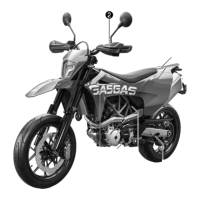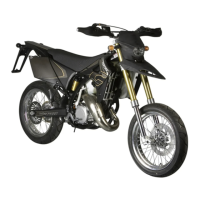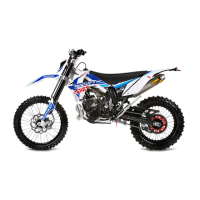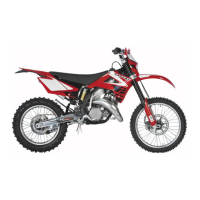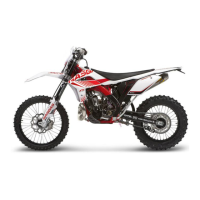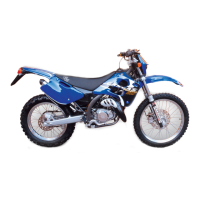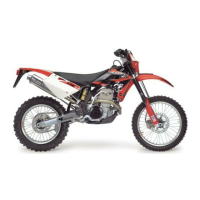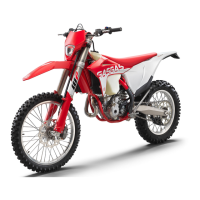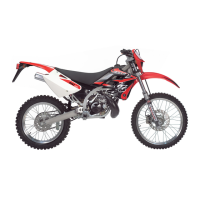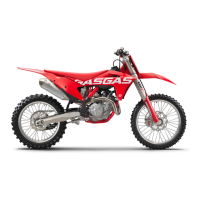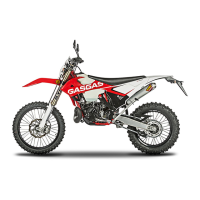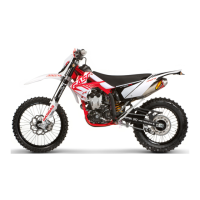Why does my GAS GAS Motorcycle have high oil consumption?
- KKatherine GuzmanAug 20, 2025
High oil consumption in your GAS GAS Motorcycle could be due to a few reasons. Check if the engine vent hose is bent, and if so, route it without bends or replace it. Also, verify that the engine oil level is not too high. If the oil is too thin, change the engine oil and the oil filter, and clean the oil screens.
